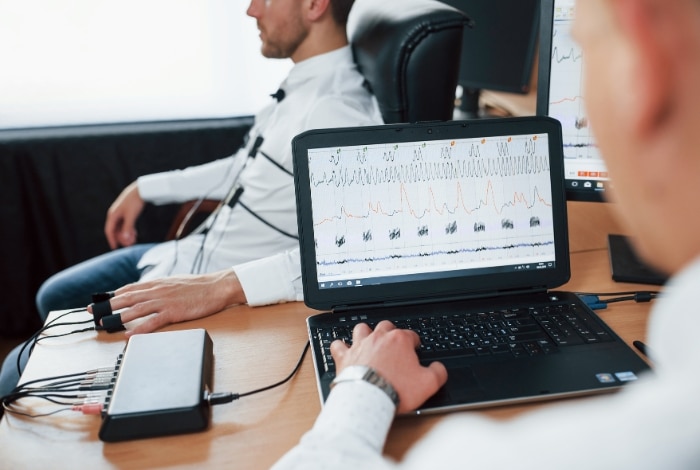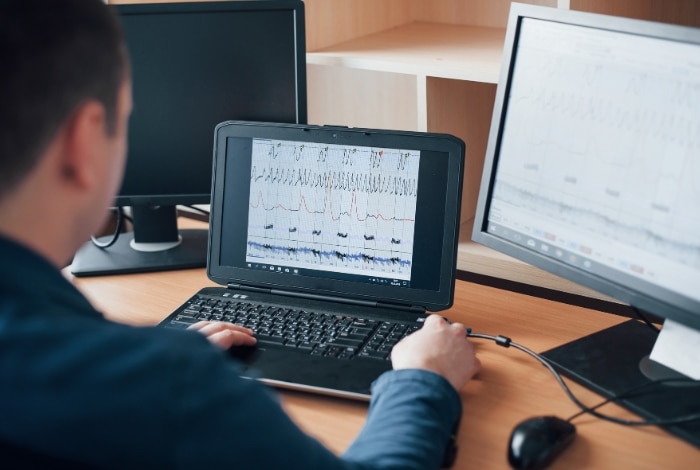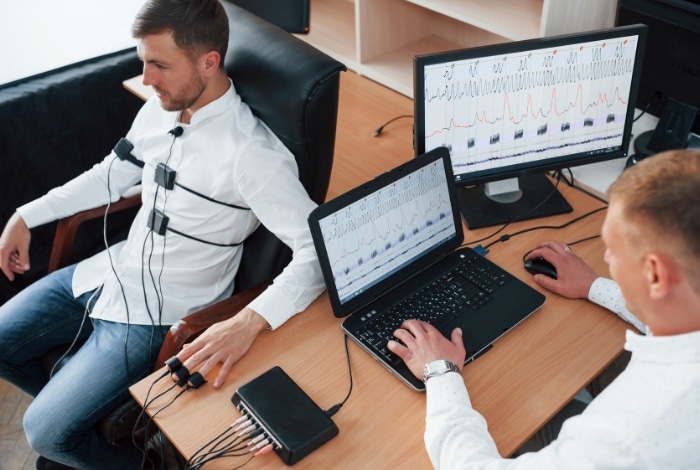4 min read
The Importance of BAEP Testing for Early Detection of Hearing Loss
Hearing loss is a common problem that affects millions of people worldwide. It can have a significant impact on a person’s quality of life, making communication with others difficult and leading to feelings of social isolation. While hearing loss can occur at any age, it is particularly important to detect it early in children. The BAEP test, which stands for Brainstem Auditory Evoked Potential, is a non-invasive, painless test that can help detect hearing loss in infants and young children. This test measures the electrical activity in the auditory nerve and brainstem in response to sound, providing valuable information about a child’s hearing ability. Early detection of hearing loss through BAEP testing can lead to earlier intervention, which is essential for a child’s language and cognitive development. In this article, we will explore the importance of BAEP testing for the early detection of hearing loss and its role in ensuring the best possible outcomes for children.

2. How does BAEP testing detect hearing loss?
3. Benefits of early detection of hearing loss
4. When should BAEP testing be performed?
6. What to expect during a BAEP test
7. Understanding your BAEP test results
8. Treatment options for hearing loss
9. The role of BAEP testing in newborn screening
programs
10. Conclusion
What is BAEP testing?
BAEP testing is a type of hearing test that measures the electrical activity in the auditory nerve and brainstem in response to sound. This test is performed by placing small electrodes on the scalp and earlobes of the patient. Sounds are then played through headphones, and the electrodes measure the electrical responses as the sound travels through the ear and into the brainstem.
How does BAEP testing detect hearing loss?
BAEP testing can detect hearing loss by measuring how well the auditory nerve and brainstem respond to sound. If there is hearing loss, the electrical responses will be weaker or absent. The test is particularly useful in detecting hearing loss in infants and young children who may not be able to communicate or respond to traditional hearing tests. The results of the test can provide valuable information about a child’s hearing ability, which can then be used to develop a treatment plan
Benefits of early detection of hearing loss
Early detection of hearing loss through BAEP testing can lead to earlier intervention, which is essential for a child’s language and cognitive development. Children who receive intervention for hearing loss at an early age are more likely to develop language skills on par with their peers and have better academic outcomes. Additionally, early intervention can help prevent other complications associated with hearing loss, such as social isolation and depression.

When should BAEP testing be performed?
BAEP testing should be performed on infants who have failed their newborn hearing screening or who are at risk for hearing loss. Infants who have spent time in the neonatal intensive care unit (NICU) or who have a family history of hearing loss may be at higher risk for hearing loss and should be screened early. BAEP testing can also be performed on children who are not developing language or who have a history of ear infections or other factors that may contribute to hearing loss.
Preparing for a BAEP test
Preparing for a BAEP test is relatively simple. It is important to ensure that the child is well- rested and fed before the test to minimize discomfort. The child should also be free of any skin conditions or injuries on the scalp or earlobes, as this can interfere with the electrode placement. Parents should also be prepared to stay with their child during the test to provide comfort and support.
What to expect during a BAEP test
During a BAEP test, the child will be placed in a quiet room and small electrodes will be placed on their scalp and earlobes. Sounds will be played through headphones, and the electrodes will measure the electrical responses as the sound travels through the ear and into the brainstem. The test is painless and non-invasive, and typically takes less than an hour to complete.
Understanding your BAEP test results
After the test, a healthcare provider will review the results with the parents. The results will show the strength of the electrical responses in the auditory nerve and brainstem in response to sound. If the responses are weak or absent, this may indicate hearing loss. The healthcare provider will then develop a treatment plan based on the severity and type of hearing loss.
Treatment options for hearing loss
Treatment options for hearing loss depend on the severity and type of hearing loss. In some cases, hearing aids or cochlear implants may be recommended. Speech therapy may also be recommended to help develop language skills. It is important to start treatment as early as possible to ensure the best possible outcomes for the child.

The role of BAEP testing in newborn screening programs
BAEP testing is a valuable tool in newborn screening programs, which are designed to detect hearing loss early and provide intervention as soon as possible. Early detection of hearing loss can lead to better language and cognitive development, and help prevent other complications associated with hearing loss. Many states in the United States require newborn hearing screening, which includes BAEP testing.
Conclusion
Hearing loss can have a significant impact on a person’s quality of life, particularly in children. Early detection of hearing loss through BAEP testing can lead to earlier intervention, which is essential for a child’s language and cognitive development. It is important to ensure that infants and young children are screened for hearing loss, particularly if they have a history of ear infections or other factors that may contribute to hearing loss. With early detection and intervention, children with hearing loss can develop language skills on par with their peers and have better academic outcomes.
